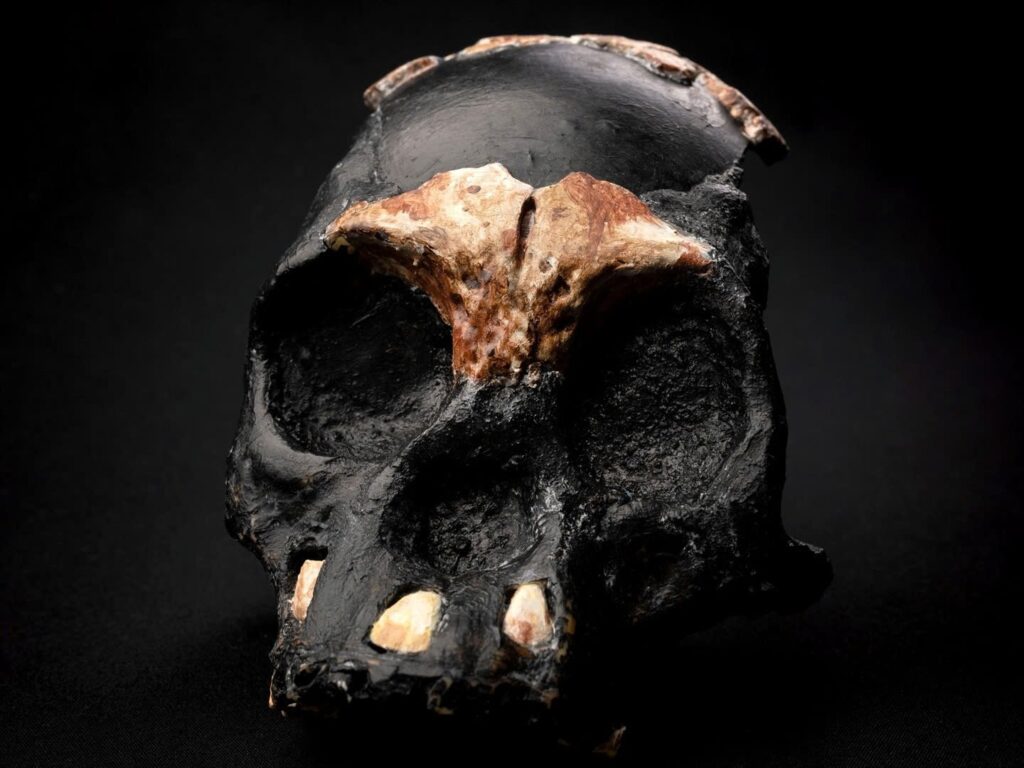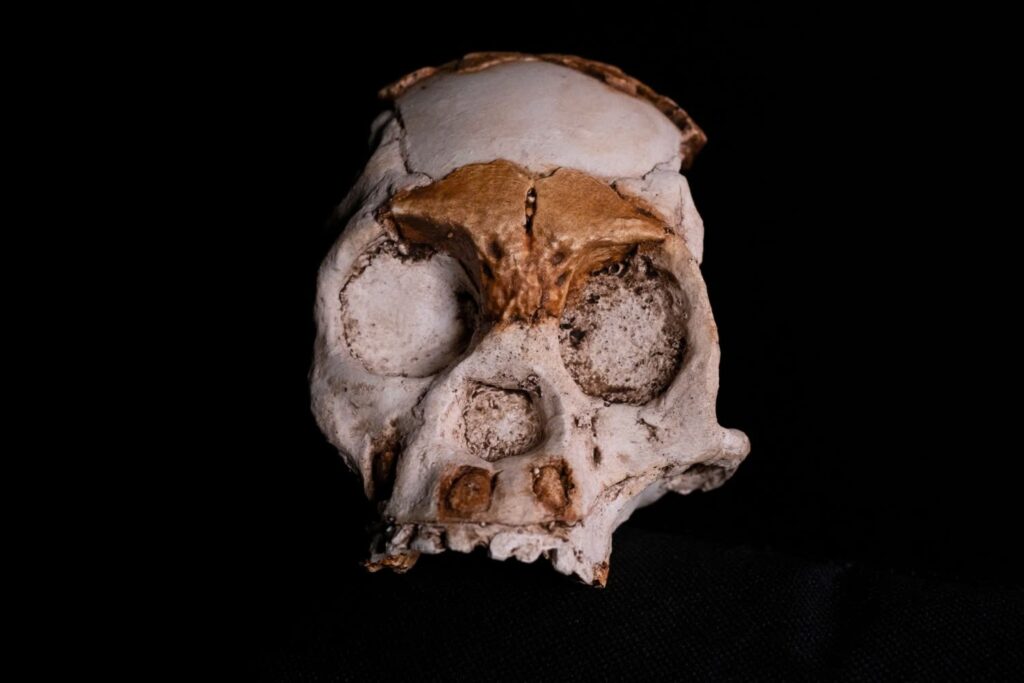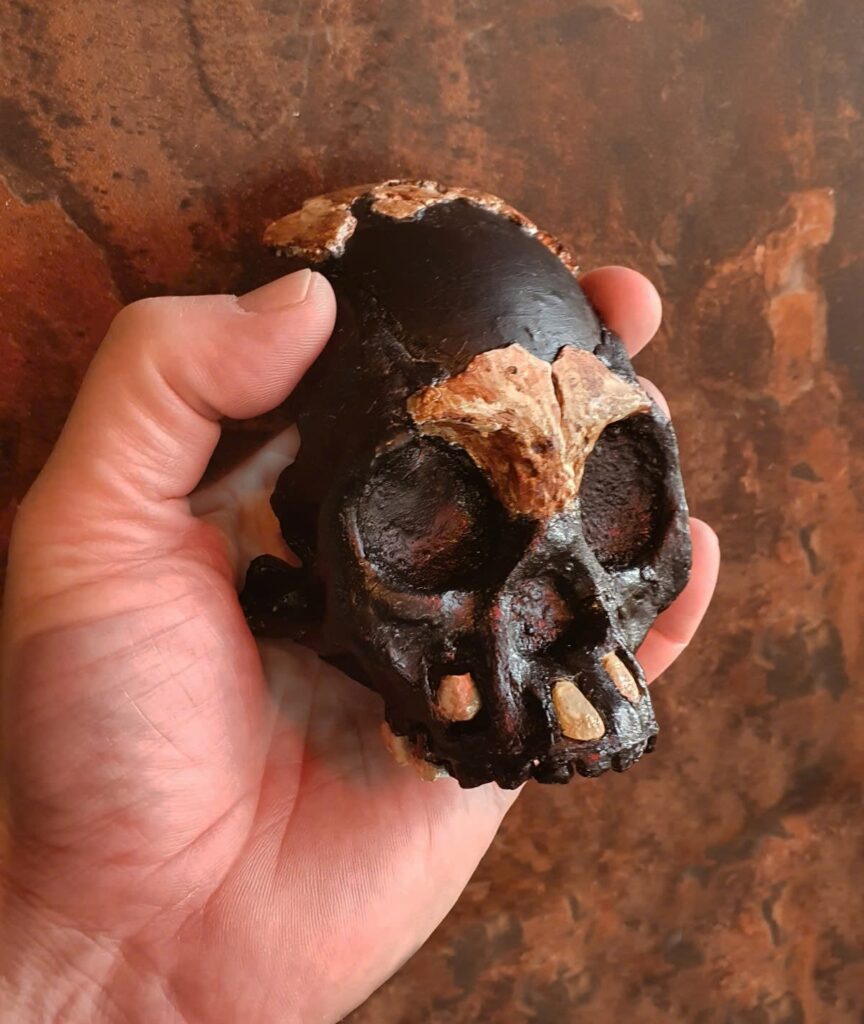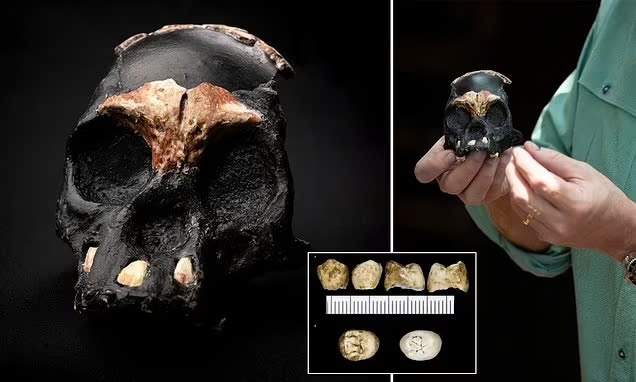The discovery of ancient human ancestors continues to unveil the intricate narrative of our origins. In a significant breakthrough, researchers in South Africa have found the small skull of a child belonging to the Homo naledi species, offering insights into the growth and behaviors of this long-extinct human relative. This skull, named Leti, marks the first evidence of a juvenile from this species and paves the way for deeper exploration into the complex history of human evolution.
The Extraordinary Find of Leti
Nestled within the Rising Star cave system in Johannesburg, South Africa, an international research team led by Wits University made a striking discovery. They unearthed the partial skull and teeth of a Homo naledi child, which they have designated as Leti. Estimated to have existed around 250,000 years ago, Leti was between four and six years old at the time of death. Although the child’s gender remains unspecified, Leti’s discovery provides a rare opportunity to understand the life and growth of young members of this ancient species.

Homo Naledi: A Primitive Human Relative
Homo naledi is an ancient human species that inhabited parts of Africa during the Middle Pleistocene, roughly between 335,000 and 236,000 years ago. This species showcased a captivating blend of human-like and non-human characteristics, making it a vital figure in the study of human evolution. While adult Homo naledi fossils had previously been found in the Rising Star Cave System, Leti stands out as the first juvenile specimen identified from this species. This find is essential for grasping how Homo naledi matured and developed.

The Enigmatic Discovery of Leti’s Remains
The setting of Leti’s remains adds an intriguing mystery to this find. The small skull was retrieved in fragments and subsequently reconstructed by the research team. It was located in a narrow corridor beyond an area known as the ‘Chaos Chamber,’ within a space measuring just five inches wide and 31 inches long. The intentional positioning of Leti’s body in this secluded and dimly lit section of the cave hints at a possible ancient ritual, prompting further inquiry into the cultural behaviors of Homo naledi.

Reconstructing Leti’s Skull and Insights into Growth
The partial skull, comprising 28 fragments and six teeth, was meticulously assembled by the research team. Dr. Darryl de Ruiter, a paleoanthropologist and co-author of the study, confirmed that all fragments originated from a single individual. Leti’s estimated brain size ranged from 29 to 37 cubic inches, suggesting that it had achieved about 90 to 95 percent of its adult brain capacity. Dr. Debra Bolter, an expert in growth and development, pointed out that Leti’s brain size is comparable to that of adult Homo naledi individuals, providing crucial insights into the developmental stages of this species.

Homo Naledi’s Distinct Role in Human Evolution
Homo naledi remains one of the most mysterious ancient human relatives ever unearthed. The species displayed a combination of both primitive and advanced features; its hands, wrists, and feet bore resemblance to those of modern humans and Neanderthals, while its smaller brain and upper body structure were more akin to pre-human australopithecines and early Homo species. The anatomy of Homo naledi indicates it was capable of bipedal locomotion with a modern stride while also being able to climb and swing from trees—traits likely inherited from more ape-like ancestors.

Conclusion
The discovery of Leti, a child from the Homo naledi species who lived approximately 250,000 years ago, adds an exciting new chapter to our understanding of human evolution. This find not only offers a rare perspective on the development of young individuals within this ancient lineage but also prompts fascinating questions regarding their cultural practices. As researchers delve deeper into these remains, Leti’s story will undoubtedly enhance our comprehension of the complexities and enigmas surrounding human ancestry.

